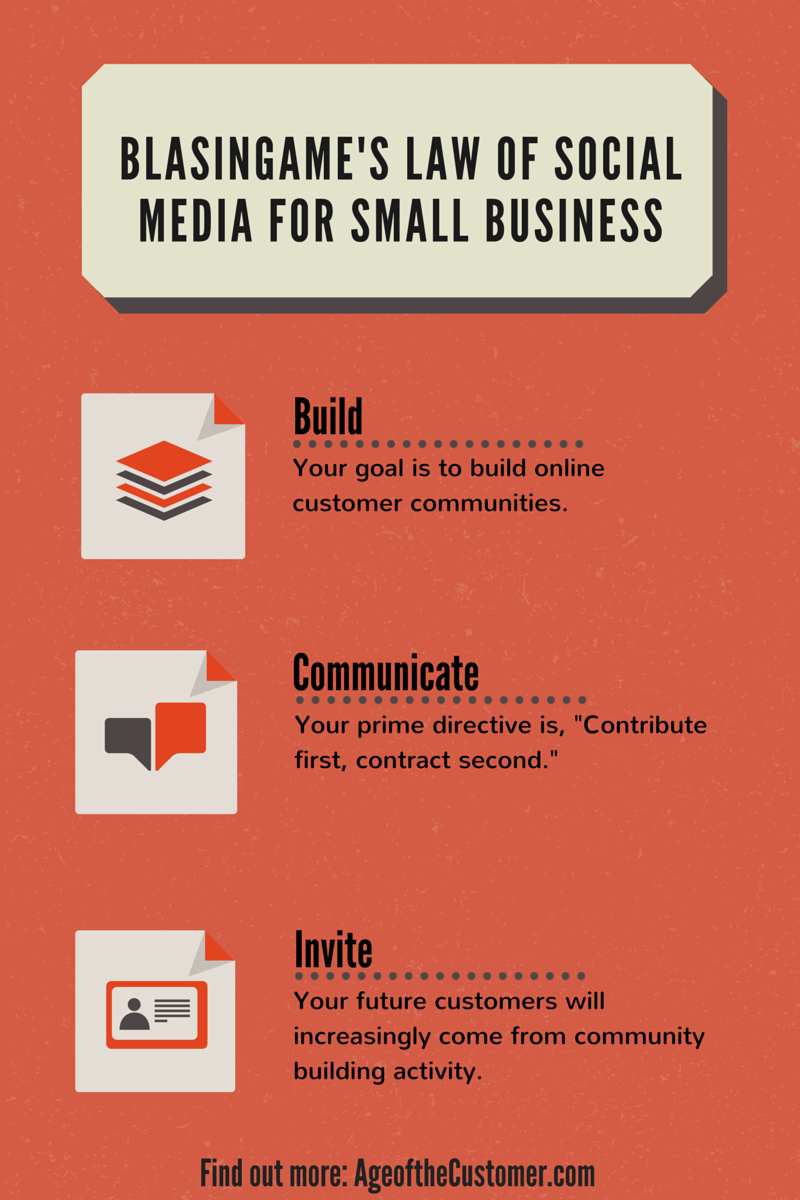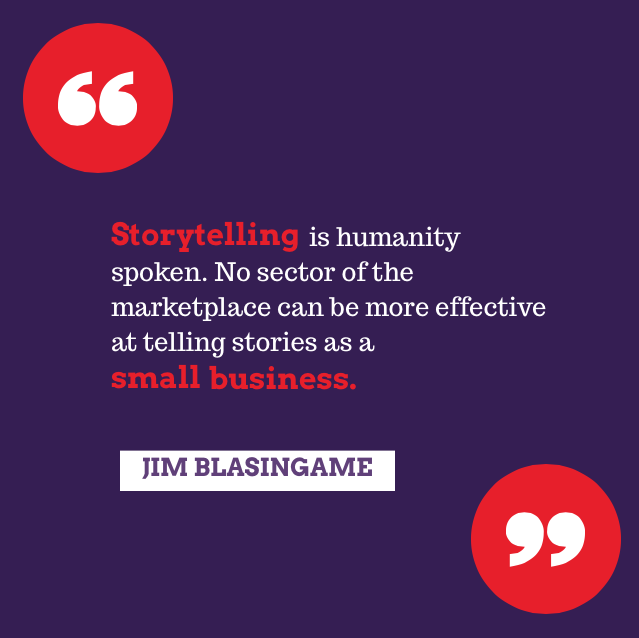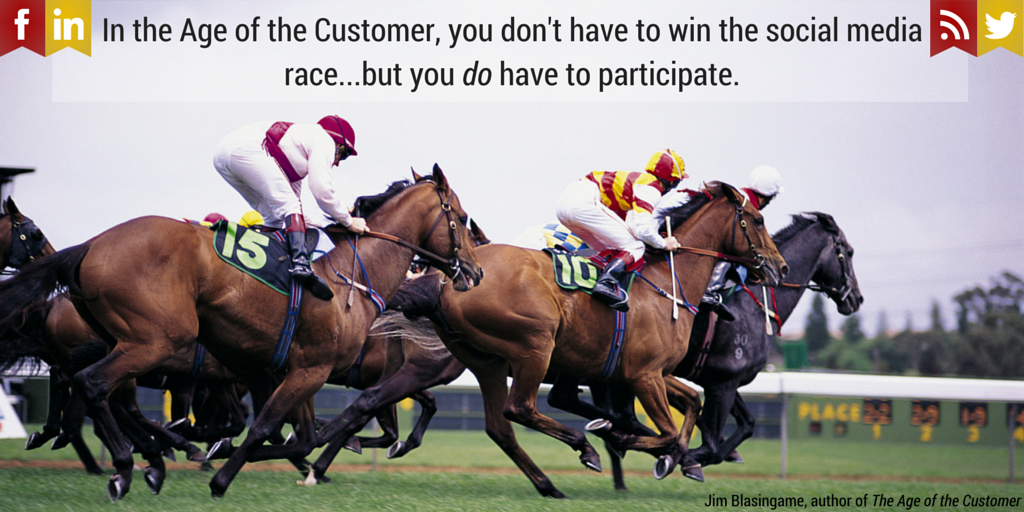Don’t slay your business alligators, starve them
Small business owners know all about that metaphorical business reptile — the ubiquitous alligator. They seem to pop up everywhere, continuously eating away at business performance and impeding work-life balance.
Best-selling author and friend, Marc Allen, introduced me to a way to minimize the impact of alligators. When he has a difficult challenge, he has “a word with himself” as follows:
“I will deal with this problem in an easy and relaxed manner, in a healthy and positive way.”
Clear your mind of other issues except the alligator at hand: negative cash flow, lost customer, etc. Close your eyes, breathe deeply and repeat after Marc with emphasis on the key words: easy, relaxed, healthy and positive. I found that saying it out loud seems to improve focus; perhaps hearing the words make them sink in better.
This affirmation is also a great way to start the day and fits right into a prayer.
As the CEO of your business, it’s your job to deal with business alligators because they don’t go away on their own. If your enterprise is to survive, let alone flourish, you have to deal with each alligator that pops up. To paraphrase Rudyard Kipling, your business’s sustainability and organizational effectiveness depends on the ability to keep your head when all around alligators are trying to take it off.
To keep your head and at least stay even with the alligators you must do three things. This first two we’ve talked about in the past: show up every day and practice operating fundamentals.
The third thing is something even the most capable and professional manager benefits from: positive self-talk. For example, before you go best-two-falls-out-of-three with the next alligator, remember: easy, relaxed, healthy, positive.
Positive self-talk is important for your spirit — you know, the force that drives your protoplasm around. You probably take good care of your body: healthy diet, exercise, all that. But are you feeding your spirit?
Business alligators love a malnourished spirit; it’s their favorite food and they’re voracious eaters. But a well-nourished spirit reduces the size of alligators, which contributes to success. And a strong spirit is a confident spirit, and alligators hate the taste of confidence.
Confidence comes with experience, which you get by showing up every day, practicing the fundamentals, and using positive self-talk to remind yourself that you have the right to feel confident.
It takes more than positive self-talk to slay an alligator, but it will minimize an alligator’s impact.
Write this on a rock … Repeat after Marc: Easy . . . relaxed . . . healthy . . . positive.
Jim Blasingame is the author of the award-winning book, “The Age of the Customer: Prepare for the Moment of Relevance.”
Should the Internet become a utility?
As you may remember, I’ve been reporting on the Net Neutrality issue for over a decade, including all the significant players in the debate.
 Most reasonable people agree that one of the reasons the Internet has been such a phenomenal success is because it has been so lightly regulated. However, as I reported recently, President Obama has taken executive steps to make the Internet a public utility, subject to all sorts of government oversight.
Most reasonable people agree that one of the reasons the Internet has been such a phenomenal success is because it has been so lightly regulated. However, as I reported recently, President Obama has taken executive steps to make the Internet a public utility, subject to all sorts of government oversight.
When we asked our small business audience what they thought about this plan, almost three-fourths reject the president’s idea, with only 2% who think his plan is good.
One reason for this overwhelming response against the president is because small business owners have benefited on many levels, directly and indirectly, from an unencumbered Internet. And since over half of the U.S. economy is produced by small businesses, the president should pay attention to what this sector thinks.
In case you missed them, here are links to three articles I’ve written about the president’s behavior regarding the Internet.
Why you should care about the net neutrality debate
If you like your Internet, you may not be able to keep it
Obama’s Internet words don’t match his actions
Five Things to Do for a Successful Referral Strategy
For as long as businesses have tried to get customers to buy their stuff, a referral has been the holy grail of prospecting. Like the mythical chalice, a referral is golden.
To emphasize the power of referrals, allow me to introduce “Blasingame’s Prospect Entrée Spectrum” (BPES), which is a way of valuing the method used to get in front of a prospect.
The BPES is on a scale of 1-10, with a cold call being a 1, and the unqualified referral a 10. The difference between scoring a referral and making a cold call is, to borrow from Mark Twain, like the difference between lightning and a lightning bug. Let me put a sharper point on that: In the Age of the Customer, cold calling is a fool’s errand.
Asking for and getting an appointment is a 5. From 2 to 5 on the spectrum are varying degrees of quality of connection that you attempt without a referral, like networking. From 6 to 9 represents varying quality of referrals. For example, a 6 is a casual referral with one of two qualifications attached: either the referrer doesn’t know you well, or doesn’t know the prospect well. The goals is to demonstrate you’re worthy of a full-throated, unqualified referral — 10 — which is almost money in the bank. When you hear someone say they’re working smarter, not harder, it means they’re earning lots of referrals, including an increasing number of 10s.
Here are five things to do to sustain a successful referral strategy:
2. Help customers give you referrals by teaching them how to tell others about you and your business. Instructions must be short and sweet, like an elevator pitch.
3. Be worthy of a referral. Take good care of the referred prospect, even if you don’t make a sale.
4. Thank the referrer every time, in person if possible, regardless of the result of the referral. Remember, getting a referral is success.
5. If you want to get referrals, give them to others.
On that last point, in Ecclesiastes 11:1, King Solomon wrote, “Cast your bread upon the water and in time it will come back to you.” Three millennia later, Ivan Misner, my friend and founder of Business Network International (BNI) gave us a handier way to remember the law of reciprocity. Ivan simply says, “Givers gain.” Beautiful.
In the Age of the Customer if you’re not asking for and getting referrals, you’ll have to work much harder than is necessary just to survive.
Write this on a rock … Seek the holy grail and Perfect 10 of prospecting – the unqualified referral.
It’s time to adapt to the new age of technology
 His technology was crude by modern standards, but it did what technology does: leverage the productivity of human beings. During the year Ford’s assembly line was first put in service, he wasn’t just using technology he was creating it. He also turned 50.
His technology was crude by modern standards, but it did what technology does: leverage the productivity of human beings. During the year Ford’s assembly line was first put in service, he wasn’t just using technology he was creating it. He also turned 50.The list of technology options today is long and growing and available in features-rich products that support and improve virtually every business task. How much are you adopting technology to help you leverage the humans in your organization?
Seven ways to cut yourself some SLACC in 2015
People make New Year’s resolutions all the time. But do you know anyone who actually kept one?
OK — one person, but he’s the same guy who reminded the teacher that she’d forgotten to give out the homework.
Knowing how difficult, not to mention annoying, resolutions can be, there’s a different way to kick off the new year in your small business. I call it Strategic Look At Critical Components, or SLACC, for short. So instead of getting all bound up in resolutions, just cut yourself some SLACC. Here’s a list of seven key areas on which to focus your SLACC:
1. Financial
Give your company some SLACC by reviewing financial systems. If not already, create regular financial statements, especially a 12-month cash flow projection, and manage with them. And SLACC up on the difference between cash flow and accounting.
2. Human Resources
Take the necessary SLACC to find and keep the best people. Then cut your staff some SLACC by providing the best training you can afford, with emphasis on how their assignments continue to evolve in the 21st century.
3. Management
Business management is more complicated than ever. Use SLACC to identify your current best practices, then check your position against how 21st century ideas are impacting management fundamentals.
 4. Marketplace
4. Marketplace
The marketplace has always been a dynamic and evolving organism, but in The Age of the Customer, it’s being driven more by customer expectations than competition. Use SLACC to develop strategies that deliver relevance first, followed by classic competitive advantage. Remember, in The Age of the Customer, relevance trumps competitiveness.
5. Technology
More than ever before, how you use technology and new media are critical relevance expectations of prospects and customers. Cut yourself some SLACC by delivering the technology (especially mobile) and community-building media customers now expect from you.
6. Public Policy
Every small business is influenced by politics. Use SLACC to identify when to be personally involved in local, state and federal issues, like taxes, healthcare, and regulations and when to contribute to professional organizations that can deliver a greater impact on your behalf.
7. Personal
Cut yourself some SLACC by remembering the greatest small business truth: Success must be defined by more than just money and stuff.
Write this on a rock … To paraphrase the Chinese proverb, the longest journey begins with the first SLACC.











